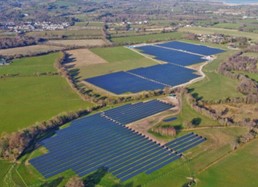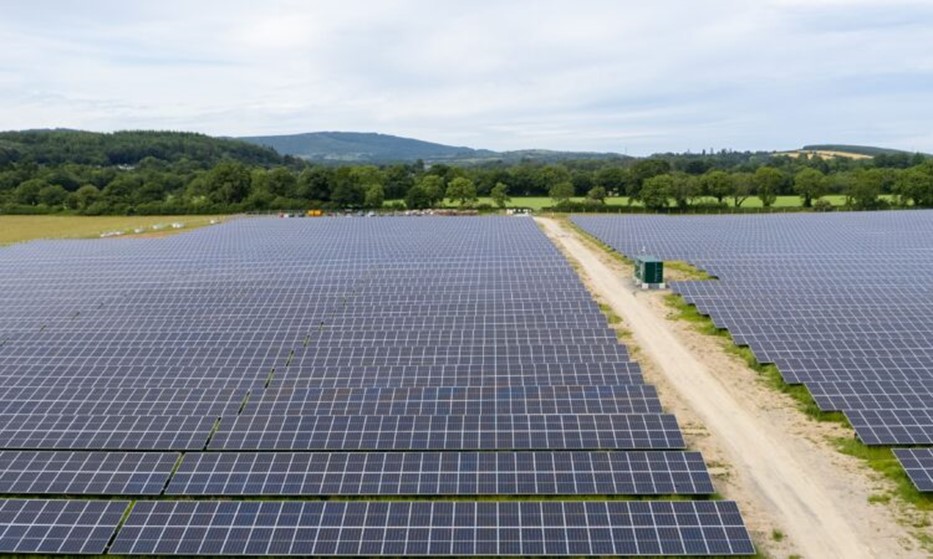Contracts for Difference

In this article, Isaac ALLIALI (ESSEC Business School, Global Bachelor in Business Administration (GBBA), 2019-2023) explains the Contracts for Difference (CFD).
Understanding CFDs
Although banned in the US and for US citizens, the Contract for Difference (CFD) is a relatively new contract, introduced in the 1990s in Great Britain, to allow operators without permission to sell shares short, to speculate on the market’s decline. CFDs were originally based on equity swaps, which allow the exchange of the performance of a stock or stock index for an interest rate. Initially reserved for institutional investors, CFDs were later made available to individual investors and recognized by a directive from the European Union in 2004. Soon after, they gained popularity and rapidly developed in the OTC market. In contrast to centralized exchanges, the “Over The Counter” market facilitates trades directly between participants, offering flexibility for unique financial instruments and fostering niche investment opportunities. While lacking the structure of exchanges, OTC markets play a crucial role in diverse financing needs.
The contract for difference (CFD) is a very popular derivative, which essentially establishes a bilateral agreement between an investor and a broker. This contract does not grant the investor ownership of the underlying asset, but rather the right to receive the difference between the contract’s opening and closing price. Unlike contracts with an expiry date, a CFD is effectively renewed at the closing of each trading day and can be extended forward if desired; you can keep your position open indefinitely as long as there is enough margin in your account to maintain it.
In essence, contracts for differences are very similar to futures with no expiration date. While the contract remains open, your account with the provider will be debited or credited to reflect the interest and dividend alterations. The broker may offer leverage of up to 400 which serves as a powerful tool for amplifying possible financial gains (and losses). Through leveraging, the investor can gain control over a larger position than their initial capital would allow. For instance, if you have €100 in your account and a leverage of 10, you take a position of €1,000 (10*100).CFDs offer great flexibility to investors, CFDs provide investors with great flexibility, offering the ability to:
- Speculate on a wide range of assets, including stocks, indices, currencies, commodities, etc.
- Take advantage of market movements, whether upwards or downwards: enabling both buying and selling positions
- Hedge an investment portfolio, using CFDs, which serve as a safeguard against price declines.
- Execute advanced trading strategies.
Mechanics of CFD Trading
Opening a CFD position involves several steps. Firstly, traders choose an asset they wish to trade, such as stocks, commodities, or currencies. Secondly, they decide whether to go long (buy) or short (sell) on the asset, basing their decision on their market analysis and expectations for future price movements. Traders also determine the quantity of the asset they want to trade, which can be specified in terms of contracts or units, depending on the CFD provider. CFDs are not standardized products and every CFD broker has their own terms and conditions. Once the initial decisions have been made, the CFD provider calculates the price at which the trade will be executed. This price is typically derived from the market value of the underlying asset, taking into consideration various factors such as supply and demand dynamics, economic data, and market sentiment. The CFD provider may also incorporate a spread into the market price, which represents their profit margin. Margin requirements play a crucial role in opening and maintaining a CFD position. Traders are required to deposit a percentage of the total trade value as collateral, referred to as a margin. This ensures that traders can cover potential losses stemming from adverse price fluctuations. Margin requirements vary depending on factors such as the volatility of the underlying asset and regulatory requirements. Upon opening a position, the value of the CFD fluctuates in accordance to the underlying asset’s price movements. When traders decide to close their position, they execute an opposing trade to offset their initial position. The profit or loss from the trade is calculated based on the price difference between the opening and closing trades, adjusted for any transaction costs.
CFD trading involves various costs and fees that traders should be aware of. Spreads, representing the difference between buy and sell prices, are the primary revenue source for CFD providers and affect trading costs. Narrower spreads typically mean lower costs. Additionally, traders may face overnight financing charges for holding positions, which are influenced by factors such as the asset class and prevailing interest rates. Furthermore, some providers charge commissions on trades, based on elements such as the trading volume. Taking these costs into consideration is crucial for assessing overall profitability and developing effective trading strategies.
Application in the energy industry
NEOEN and BNRG have finalized the financing of three solar power plants in the Republic of Ireland: Hilltown, Hortland, and Millvale, located respectively in the counties of Meath, Kildare, and Wicklow. These plants, with a total capacity of 58 MWc, are among the first large-scale solar projects in the country. As the winners of the first governmental tender for solar power plants in 2020, they benefit from financial support from the Irish government through a Contract for Difference (CFD) mechanism until 2037, ensuring a stable price for the electricity generated. The financing, estimated at 39 million euros excluding financing costs, is provided by NEOEN and BNRG’s equity, alongside non-recourse senior debt from Société Générale. Construction works, awarded to Omexom, are expected to be completed in the first half of 2022,with plant commissioning set/scheduled for the same period. Once operational, these plants will supply the equivalent of 12,700 Irish households with clean electricity, thereby contributing significantly to the country’s energy transition.
Hilltown Solar farm

Source: BNRG
Millwale Solar farm

Source: BNRG
Related posts on the SimTrade blog
▶ Akshit GUPTA Short selling
▶ Alexandre VERLET Understanding financial derivatives: swaps
Useful resources
AMF Les CFD (contracts for difference)
Neoen (12/08/2021) Neoen et BNRG clôturent le financement de trois centrales solaires (58 MWc) en République d’Irlande
Dupuy, P., Fontaine, P. & Hamet, J. (2018). Chapitre 6. Les marchés dérivés et la gestion du risque. Dans : , P. Dupuy, P. Fontaine & J. Hamet (Dir), Les marchés de capitaux français (pp. 153-204). Caen: EMS Editions.
About the author
The article was written in February 2024 by Isaac ALLIALI (ESSEC Business School, Global Bachelor in Business Administration (GBBA), 2019-2023).
